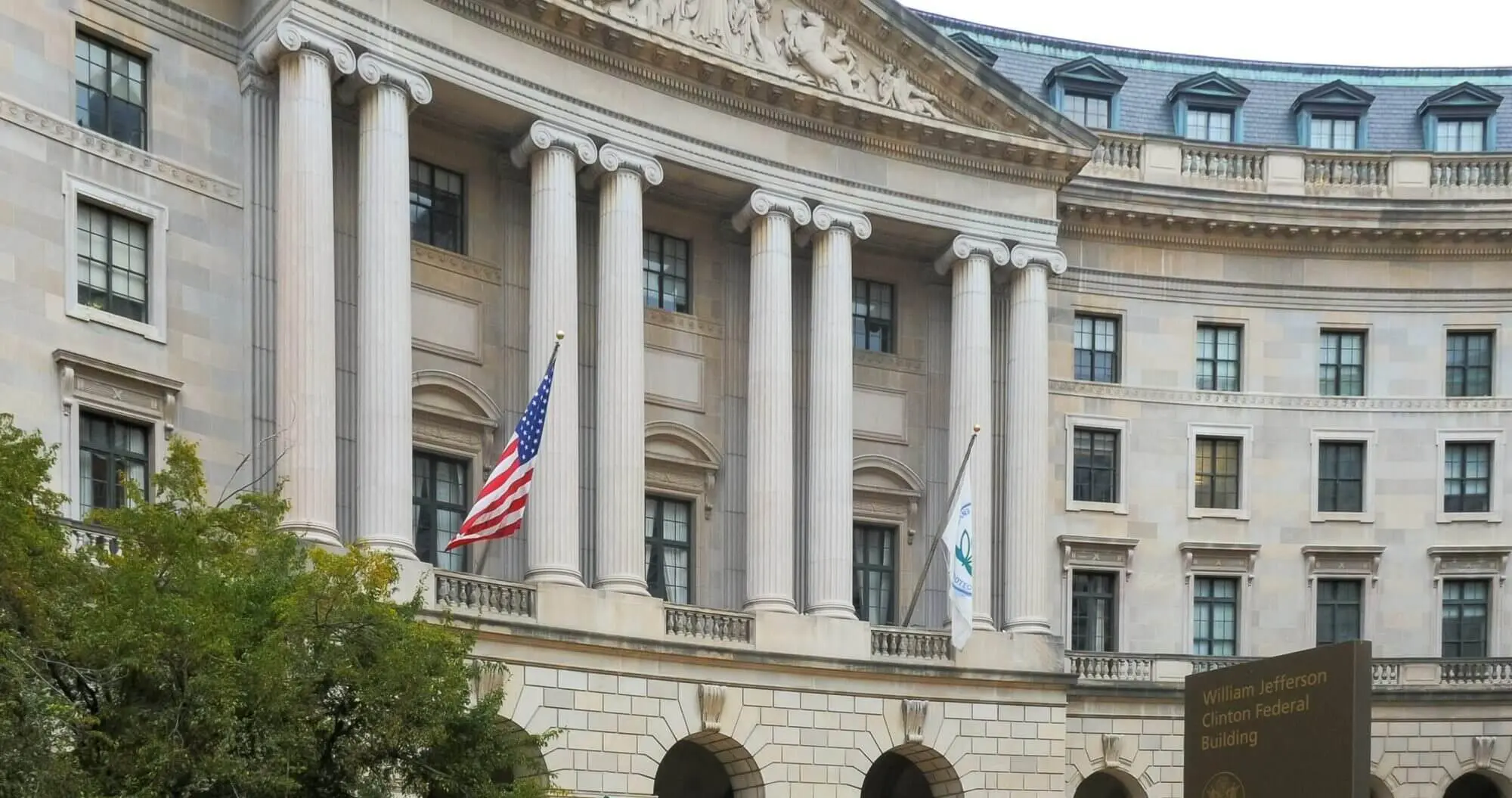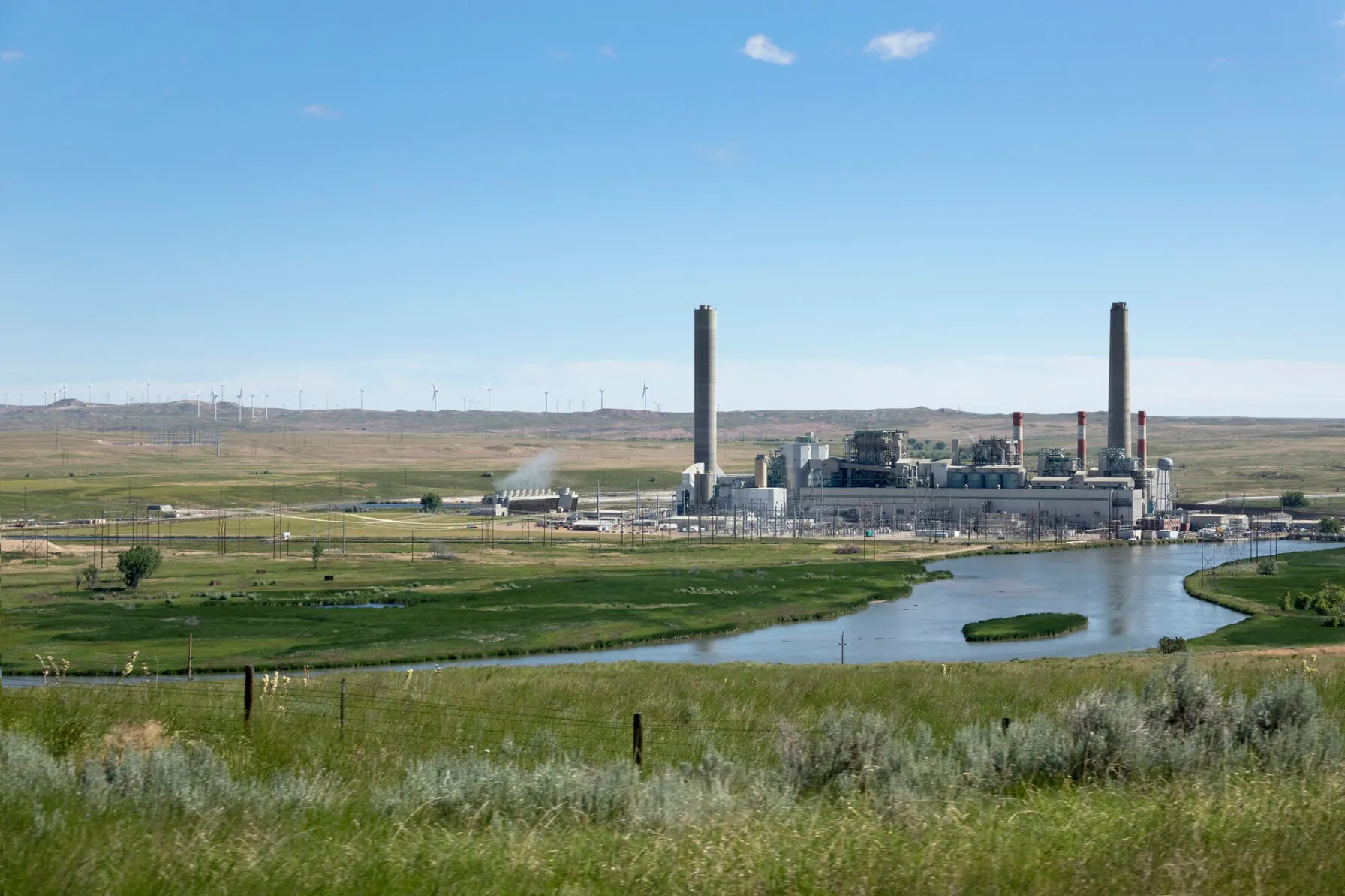The COVID-19 Pandemic has changed the future of the United States supply chain and how companies who have been utilizing just-in-time inventory recognize the vulnerabilities that business approach exposes. The need for warehouse space has increased, which could mean more chemical storage of industrial chemicals for various industries. Additional chemical inventory storage means additional environmental, health & safety, and security regulations. Chemical security covered by the Department of Homeland Security Chemical Facility Anti-Terrorism Standards (CFATS). Here is how additional warehousing increases the need for chemical security.
First, we saw the shortage in PPE of face masks, ventilators, gowns and hospital beds. Then there were shortages of consumer products like toilet paper, cleaning supplies, and hand sanitizer and E-Commerce skyrocketed as families quarantined and businesses closed. Our traditional supply chain model showed many vulnerabilities and we had to change our focus. The logistics demand from the pandemic changed from short-term (just-in-time) to an increase in maintaining higher stock levels in every region of our country. Enter “reshoring” – essentially the opposite of off-shoring and resulting with the conversion of current U.S. based real estate space (e.g. buildings, enclosed malls/shopping centers, commercial offices, blighted buildings), to warehousing and distribution space.
Regardless of whether shipments are just in-time or temporary storage, warehouses and storage facilities serve a critical role for safe storage, security and distribution of various critical or important chemicals. Although these chemicals have legitimate uses, some of these are compressed gases, toxics, oxidizers, corrosives, water-reactive substances, explosives and flammables – all of which can be used by individuals and/or domestic and international terrorist groups with intent to harm, destroy or kill our citizens.
This is why the U.S. Department of Homeland Security (DHS) developed the Chemical Facility Anti-Terrorism Standards (CFATS) program: to keep dangerous substances out of the hands of terrorists who could use them to unleash death and destruction in an attack.
CFATS regulates the security of any chemicals deemed to be of interest to terrorists. Its program requirements apply to facility owners and operators that possess, consume, sell or create some 300 various chemicals of interest (COI) that could be used in an act of terror. Many of these facilities do not think of themselves as a “chemical facility” per se, but under CFATS many seemingly innocuous facilities are regulated. These facilities include everything from food production and storage plants, swimming pools, golf courses, research labs, universities, office buildings, farmers’ co-ops, paint/coatings manufacturing and even some breweries.

What Chemicals of Interest are frequently found in warehouses?
COI are listed in the CFATS regulation in Appendix A (see below in next section). The Appendix A list includes the listed chemical, screening threshold quantity (STQ), minimum concentration and type of security issue it exhibits from a terrorism perspective. The security issues are Release – toxic, flammable and explosive; Theft (to be weaponized), and Sabotage.
Common COI found in warehouses, storage, and distribution facilities include, but are not limited to:
- Aluminum (powder)
- Ammonia (anhydrous)
- Butane (flammable)
- Chlorine
- Hydrogen Peroxide (conc. of at least 35%)
- Nitric Acid
- Potassium Nitrate
- Propane
- Sodium Nitrate
- Sulfur dioxide (anhydrous)
How Do I Know if I am subject to CFATS at my warehouse?


How TRC Can Help
If your business handles, stores or intends to store COI on-site, TRC can provide the expert security consulting and engineering guidance you need to comply with the CFATS regulations TRC has expertise across the security spectrum, and our subject matter experts have developed approaches, programs, plans, training and designs that have helped a wide range of facilities across the United States adhere to CFATS guidelines and other security-related regulations.
Our in-depth knowledge of regulatory requirements and industry best practices means that TRC can help you develop individualized compliance strategies to reduce, mitigate or manage risks, whether we lead the development and implementation of these strategies or augment your in-house teams.
Gain
Peace-of-Mind
Partner With TRC’s Tested Practitioners
Sharing Our Perspectives
Our practitioners share their insights and perspectives on the trends and challenges shaping the market.

Ecological Risk of PFAS from AFFF-Impacted Sites
June 30, 2020
The facts on evaluating exposure to wildlife

TRC Chosen to Provide Array of Integrated Services on Midship Pipeline Project
August 28, 2018
TRC has been awarded contracts for environmental consulting, engineering and field services and another for stem-to-stern Engineer, Procure and Construct (EPC) contract for three compressor stations.

EPA Releases Clean Water Act Facility Response Plan Rule
June 19, 2024
This Regulatory Update is the first in a series summarizing the Rule and how it may affect your facility.

PM2.5 Annual NAAQS Revised
May 7, 2024
The U.S. EPA issued a final rule based on its reconsideration of its 2020 decision to retain the primary and secondary National Ambient Air Quality Standards (NAAQS) for particulate matter (PM) without revision.

What You Need to Know About MSHA’s Final Rule on Crystalline Silica Dust
April 8, 2024
Regulatory Changes Will Impact Mine Operators and Better Protect Employee Health and Safety.

Changes to EPA’s Risk Management Program (RMP) Regulations Are Here
April 3, 2024
Changes to the Risk Management Program (RMP) regulations were signed into a final rule on February 27, 2024, by EPA Administrator Michael S. Regan.

Changes to EPA’s Risk Management Program (RMP) Regulations Are Coming
April 14, 2023
Changes to the Risk Management Program (RMP) regulations were signed into a final rule on February 27, 2024, by EPA Administrator Michael S. Regan.

Phase I ESA ASTM Standard Update: The Wait is Over
December 21, 2022
The USEPA published a Final Rule making the ASTM E1527-21 Phase I ESA standard AAI compliant.

Proactive Enforcement is Key in the EPA FY2022-2026 Strategy
October 19, 2022
A core element of the EPA FY2022-2026 Strategic Plan focuses on environmental compliance.

Preparing for EPA Inspections in Environmental Justice Communities
October 4, 2022
The EPA Office of Enforcement and Compliance Assurance Have Expanded Goals to Strengthen Enforcement and Protections Within EJ Communities

New National Emerging Contaminants Research Initiative
September 12, 2022
The Executive Office of the President of the United States announced a National Emerging Contaminant Research Initiative

Climate Action and Environmental Justice are at the Forefront of EPA’s Strategic Plan
June 14, 2022
The EPA issued its Fiscal Year 2022-2026 Strategic Plan. Although the strategic plans emphases often change with administrations, we can be reasonably certain that the Plan reflects priorities through 2024.

CCR Removal and Its Effects on Soil and Groundwater Geochemistry
October 25, 2021
Many utilities are implementing corrective action at coal combustion residual (CCR) surface impoundments under Federal or State CCR Regulations, with implications for groundwater protection standards.

NJDEP Implements New Jersey Environmental Justice Law Through Administrative Order
October 5, 2021
On September 22, 2021, the New Jersey Department of Environmental Protection (NJDEP) Commissioner announced the issuance of Administrative Order (AO) No. 2021-25 to implement New Jersey’s Environmental Justice (EJ) Law. This order is effective immediately, and applicants seeking to site new major source facilities, renew major source permits or expand existing facilities with major source permits (e.g., Title V air permits) in overburdened communities are affected. There are more than 4.5 million people that live within 331 municipalities that are overburdened communities in the state of New Jersey.

OSHA’s Call for Comments on Mechanical Power Press Standard Changes
September 30, 2021
OSHA has recently published a call for comment regarding mechanical power presses. The reason behind OSHA’s request is that the American National Standards Institute (ANSI) consensus standard for mechanical power presses has been updated numerous times since the implementation of OSHA’s standard.

Managing EHS & ESG Risks Through Integrated Systems Today and Beyond
July 22, 2021
It has been more than 50 years since the development and establishment of the federal Environmental Protection Agency (EPA) and the federal Occupational Safety & Health Administration (OSHA) which were formed to protect our environment and workplaces across the United States. Significant laws, policies and regulations followed to establish the “regulatory programs” that all applicable businesses and entities must address and meet to ensure these compliance-driven legislative programs would create a foundation to protect our society.

EPA Resource Conservation & Recovery Act (RCRA) Corrective Action (CA)
January 11, 2021
The EPA RCRA Corrective Action (CA) Program recently provides a review and update on CA set in 2004 and new CA set for 2030.

EPA continues to aggressively address PFAS wastewater with two new strategies
January 4, 2021
EPA takes steps toward PFAS wastewater and storm water permitting, and analytical methods for testing.

2020 TSCA Chemical Data Reporting (CDR)
December 7, 2020
Earlier this year, EPA revised the CDR rule to reflect the 2016 amendments to TSCA, including changes for foreign-owned businesses and the reporting responsibilities of suppliers and contractors, as well as an exemption for small businesses.

Ecological Risk of PFAS from AFFF-Impacted Sites
June 30, 2020
The facts on evaluating exposure to wildlife

TRC Chosen to Provide Array of Integrated Services on Midship Pipeline Project
August 28, 2018
TRC has been awarded contracts for environmental consulting, engineering and field services and another for stem-to-stern Engineer, Procure and Construct (EPC) contract for three compressor stations.

EPA Releases Clean Water Act Facility Response Plan Rule
June 19, 2024
This Regulatory Update is the first in a series summarizing the Rule and how it may affect your facility.

PM2.5 Annual NAAQS Revised
May 7, 2024
The U.S. EPA issued a final rule based on its reconsideration of its 2020 decision to retain the primary and secondary National Ambient Air Quality Standards (NAAQS) for particulate matter (PM) without revision.

What You Need to Know About MSHA’s Final Rule on Crystalline Silica Dust
April 8, 2024
Regulatory Changes Will Impact Mine Operators and Better Protect Employee Health and Safety.

Changes to EPA’s Risk Management Program (RMP) Regulations Are Here
April 3, 2024
Changes to the Risk Management Program (RMP) regulations were signed into a final rule on February 27, 2024, by EPA Administrator Michael S. Regan.

Changes to EPA’s Risk Management Program (RMP) Regulations Are Coming
April 14, 2023
Changes to the Risk Management Program (RMP) regulations were signed into a final rule on February 27, 2024, by EPA Administrator Michael S. Regan.

Phase I ESA ASTM Standard Update: The Wait is Over
December 21, 2022
The USEPA published a Final Rule making the ASTM E1527-21 Phase I ESA standard AAI compliant.

Proactive Enforcement is Key in the EPA FY2022-2026 Strategy
October 19, 2022
A core element of the EPA FY2022-2026 Strategic Plan focuses on environmental compliance.

Preparing for EPA Inspections in Environmental Justice Communities
October 4, 2022
The EPA Office of Enforcement and Compliance Assurance Have Expanded Goals to Strengthen Enforcement and Protections Within EJ Communities

New National Emerging Contaminants Research Initiative
September 12, 2022
The Executive Office of the President of the United States announced a National Emerging Contaminant Research Initiative

Climate Action and Environmental Justice are at the Forefront of EPA’s Strategic Plan
June 14, 2022
The EPA issued its Fiscal Year 2022-2026 Strategic Plan. Although the strategic plans emphases often change with administrations, we can be reasonably certain that the Plan reflects priorities through 2024.

CCR Removal and Its Effects on Soil and Groundwater Geochemistry
October 25, 2021
Many utilities are implementing corrective action at coal combustion residual (CCR) surface impoundments under Federal or State CCR Regulations, with implications for groundwater protection standards.

NJDEP Implements New Jersey Environmental Justice Law Through Administrative Order
October 5, 2021
On September 22, 2021, the New Jersey Department of Environmental Protection (NJDEP) Commissioner announced the issuance of Administrative Order (AO) No. 2021-25 to implement New Jersey’s Environmental Justice (EJ) Law. This order is effective immediately, and applicants seeking to site new major source facilities, renew major source permits or expand existing facilities with major source permits (e.g., Title V air permits) in overburdened communities are affected. There are more than 4.5 million people that live within 331 municipalities that are overburdened communities in the state of New Jersey.

OSHA’s Call for Comments on Mechanical Power Press Standard Changes
September 30, 2021
OSHA has recently published a call for comment regarding mechanical power presses. The reason behind OSHA’s request is that the American National Standards Institute (ANSI) consensus standard for mechanical power presses has been updated numerous times since the implementation of OSHA’s standard.

Managing EHS & ESG Risks Through Integrated Systems Today and Beyond
July 22, 2021
It has been more than 50 years since the development and establishment of the federal Environmental Protection Agency (EPA) and the federal Occupational Safety & Health Administration (OSHA) which were formed to protect our environment and workplaces across the United States. Significant laws, policies and regulations followed to establish the “regulatory programs” that all applicable businesses and entities must address and meet to ensure these compliance-driven legislative programs would create a foundation to protect our society.

EPA Resource Conservation & Recovery Act (RCRA) Corrective Action (CA)
January 11, 2021
The EPA RCRA Corrective Action (CA) Program recently provides a review and update on CA set in 2004 and new CA set for 2030.

EPA continues to aggressively address PFAS wastewater with two new strategies
January 4, 2021
EPA takes steps toward PFAS wastewater and storm water permitting, and analytical methods for testing.

2020 TSCA Chemical Data Reporting (CDR)
December 7, 2020
Earlier this year, EPA revised the CDR rule to reflect the 2016 amendments to TSCA, including changes for foreign-owned businesses and the reporting responsibilities of suppliers and contractors, as well as an exemption for small businesses.

Ecological Risk of PFAS from AFFF-Impacted Sites
June 30, 2020
The facts on evaluating exposure to wildlife

TRC Chosen to Provide Array of Integrated Services on Midship Pipeline Project
August 28, 2018
TRC has been awarded contracts for environmental consulting, engineering and field services and another for stem-to-stern Engineer, Procure and Construct (EPC) contract for three compressor stations.

Melissa Hart
Melissa Hart has over 30+ years of experience in private industry and consulting. Her environmental experience is focused on air pollution regulatory compliance; EPCRA/SARA compliance (including Tier II inventory, TRI reporting, and auditing); due diligence; air permitting; civil penalty calculations and enforcement negotiation; and Department of Homeland Security Chemical Facility Anti-Terrorism Standards (CFATS). Ms. Hart has worked in multiple industrial sectors, including aircraft and automotive assembly/manufacturing; automotive parts; food and beverage operations; miscellaneous metal fabrication; fertilizer plants; air filter fabrication; and miscellaneous surface coating operations. She holds a BS in Chemical Engineering from University of Missouri – Columbia.









